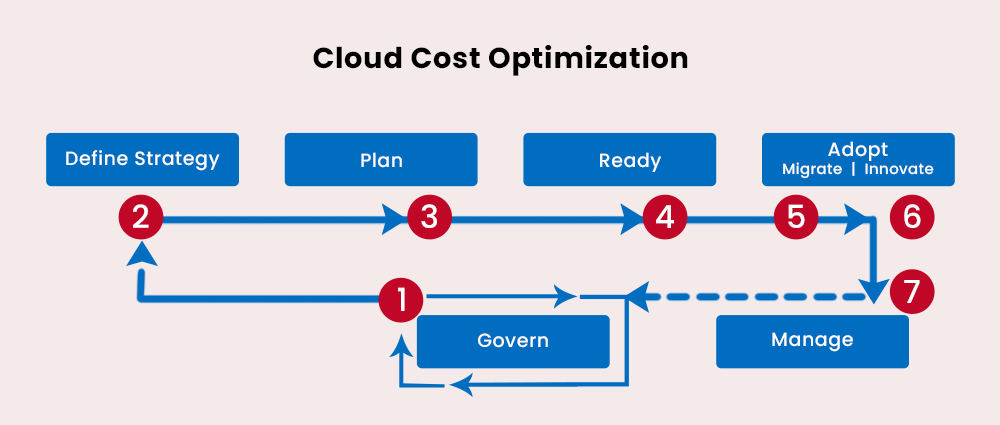The cloud’s agility and scalability has completely changed how businesses operate, but it also comes with a hidden cost: cloud sprawl. Organizations can quickly overspend on underutilized resources if proper cloud cost optimization (CCO) strategies aren’t implemented.
Fortunately, with the right tools, techniques, and a proactive approach, you can significantly reduce your cloud bills while maximizing the value you get from your cloud investment.
The first step to optimizing your cloud spend is gaining cloud cost intelligence. This involves systematically monitoring and analyzing your cloud resource usage. Tools like CloudWatch from AWS, Azure Cost Management for Microsoft Azure, and GCP Billing for Google Cloud Platform offer valuable insights into your resource utilization, cost breakdowns, and potential savings opportunities. These tools also enable you to:
Define thresholds for your cloud spending and receive real-time notifications when you approach your limits.
Detect unusual spikes in your cloud expenses, allowing you to investigate and address potential issues.
Gain insights into your spending patterns and predict future cloud costs for better budgeting and planning.

Cloud resources come in various sizes and configurations, each carrying its own cost. Rightsizing involves ensuring you’re utilizing the optimal resource size to meet your workload demands without paying for more than you need. Rightsizing strategies include:
This allows your cloud resources to automatically scale up or down based on real-time traffic, ensuring optimal utilization and avoiding unnecessary costs.
Committing to using specific resources for a specific period can lead to significant discounts compared to on-demand pricing. We’ll delve deeper into this later.
Identify and terminate idle or underused resources that are no longer required.
While single cloud providers offer a range of services, their pricing structures may not always be the most cost-effective. A multi-cloud strategy involves utilizing resources from different cloud providers to leverage their competitive pricing and features.

For instance, you might run your storage needs on one cloud platform known for its low storage costs while running your compute-intensive workloads on another provider offering better compute pricing. This approach requires careful planning and management but can potentially lead to significant cost savings.
Cloud providers offer reserved instances, which are virtual machines or other resources that you can commit to using for a specific period (typically one or three years) in exchange for significant discounts. This is ideal for predictable workloads that require consistent resources.
However, consider the following before committing to reservations:
Ensure your workloads are consistent and won’t undergo drastic changes during the reservation period.
Reserved instances offer a lower cost but come with less flexibility compared to on-demand resources.

Optimizing your cloud costs requires a multi-pronged approach that combines intelligent analysis, rightsizing strategies, and clever use of reservations. By adopting these strategies and partnering with a trusted cloud optimization expert like Arpatech, you can ensure you’re getting the most value out of your cloud investment while significantly reducing your cloud bills. Arpatech’s team of experienced professionals has a proven track record of helping businesses achieve significant cloud cost savings through their comprehensive approach to cloud cost optimization.